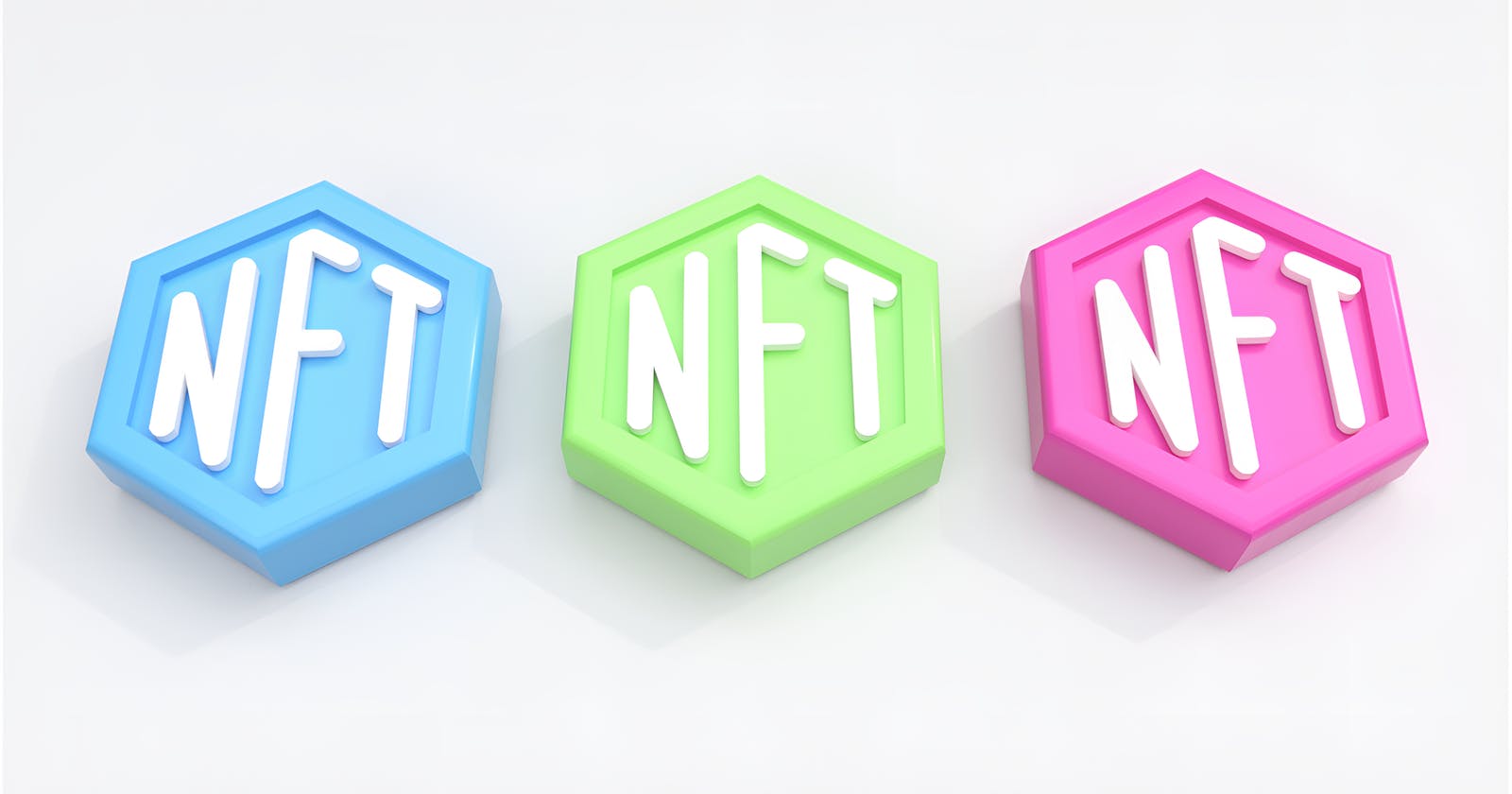Table of Contents A Learner's Introduction: What are NFTs? History of NFTs How NFTs Revolutionized The Blockchain The Future of NFTs
A Learner's Introduction: What are NFTs NFTs otherwise called Non-Fungible Tokens are digital assets that are used to represent ownership of real world assets. An NFT could be a virtual asset like a painting, design or even audio and video. These virtual assets usually have unique hash codes designed to differentiate them from each other. NFTs are described as Non-Fungible in that each token is unique and you cannot swap one token in exchange for another token. You cannot make different copies of one NFT to sell because each NFT is unique to itself. NFTs are created on the blockchain and they provide an easy way to invest without having to secure any physical assets.
History of NFTs NFTs were first conceptualized as coloured coins as far back as 2012/2013 on the Bitcoin blockchain. The coloured coins were used to prove ownership of real assets like estate, cars and even precious metals. From 2014 to 2016, Counterparty provided a platform for users to create and trade assets. Counterparty also collaborated with other organizations to create games with their own digital currencies. In 2017, Cryptopunks launched on the ERC-20 blockchain as a generative project on Ethereum limited to 10, 000 pieces. Between 2017 to 2018, a blockchain based game known as Crypto Kitties was released: players could trade virtual cats. From 2018 to 2020, platforms like Decentraland, Enjin wallet and Axie Infinity provided gaming systems that enabled players to trade in game assets. Since 2021, NFTs have become more popular and rewarding for digital artists, gamers and other creatives.
How NFTs Revolutionized The Blockchain In a short period of time, NFTs have become widely accepted in the block chain world as unique digital assets that everyone wants to have and hold. Apart from providing a means for supporting artists and creatives alike, NFTs have provided a form of lucrative investments for the buyers. In addition, NFTs have multiple uses in the real world: for instance, organizations can sell NFT tickets to reduce cases of ticket forgery and duplicity. Organizations can also sell products, images and voting rights as NFTs to create more brand awareness. Educational certificates can also be issued as NFTs to reduce the rates of forgery amongst employees in workspaces. In the world of gaming, NFTs can be used to create a system of digital items that can be exchanged on open secondary markets and used across a broader gaming ecosystem.
The Future of NFTs NFTs have gone from just being unique digital assets to tokens that have been adopted by brands all over the globe. When Jack Dorsey's tweet sold as an NFT, it sold for $2.9 million, it drew attention to the fact that there are so many possibilities that the Non-Fungible Token world can provide. 2022 has seen NFTs largely bought and sold on the OpenSea marketplace, Binance NFT and many other NFT trading platforms. According to dApp radar, the third quarter of 2021 saw the NFT trading volume reach $10.67 billion. This shows that in the years to come, many people will be interested in collecting NFTs for a long time.


